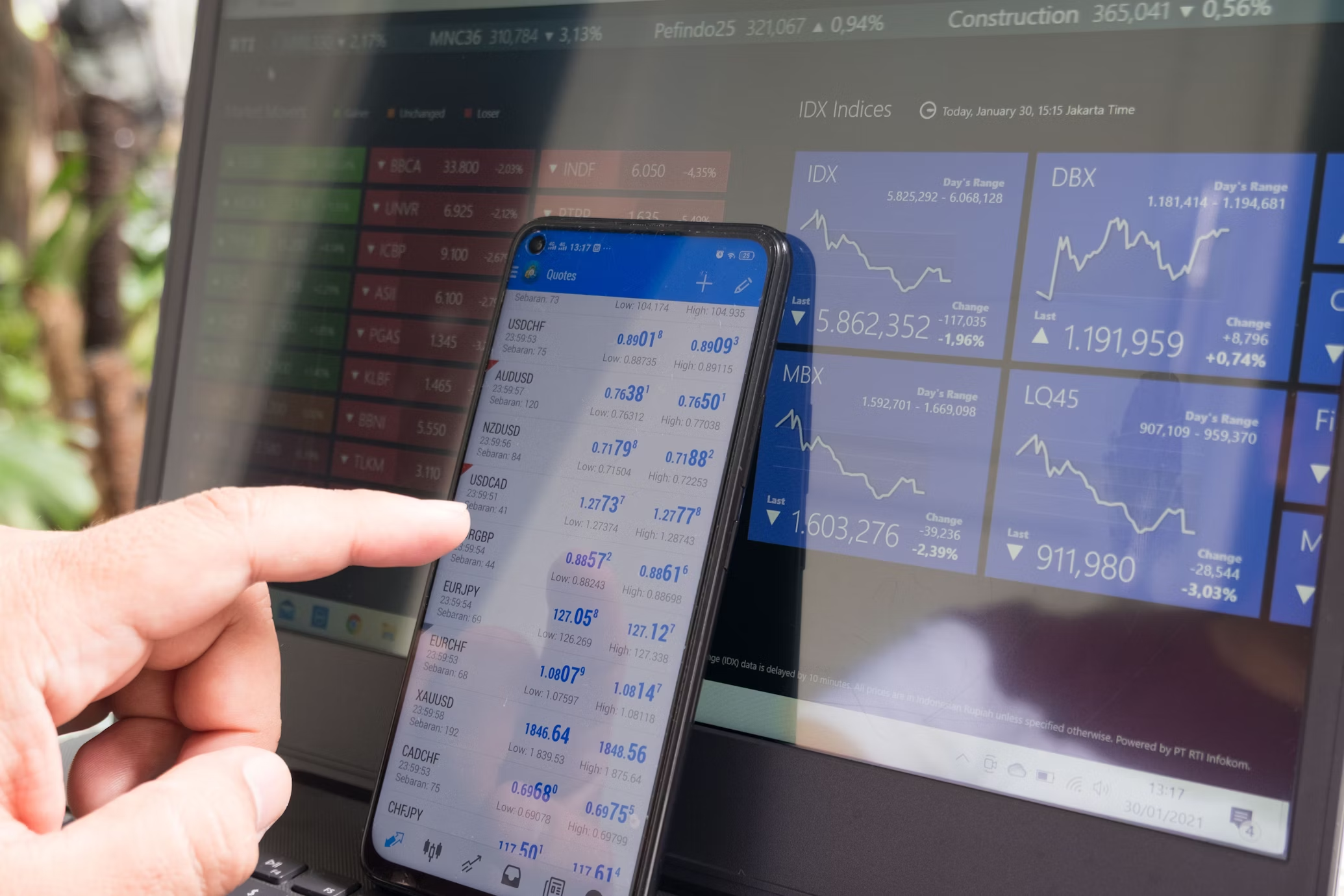
Emerging Asia FX: Navigating Thailand, Indonesia & Malaysia Currency Shifts
The dynamic landscape of Emerging Asia’s foreign exchange (FX) markets continues to offer both opportunities and challenges for global traders and investors. Within this vibrant region, the currencies of Thailand (THB), Indonesia (IDR), and Malaysia (MYR) often capture significant attention due to their unique economic drivers, policy frameworks, and susceptibility to global macroeconomic shifts. Understanding the forces at play in these markets is crucial for successful navigation.
A Snapshot of the Region’s FX Players:
While each country possesses its own distinct characteristics, they share common sensitivities to broader trends like global growth, commodity prices, and interest rate differentials with major economies.
1. The Thai Baht (THB): Tourism’s Tailwind and External Vulnerabilities
The Thai Baht has historically been heavily influenced by the health of the global tourism industry. As a major tourist destination, strong inbound tourism receipts provide a significant boost to the current account and, by extension, the THB.
- Key Drivers to Watch:
- Tourism Recovery: Post-pandemic, the pace and sustainability of international tourist arrivals remain paramount. Any setbacks in global travel or specific country restrictions can quickly weigh on the Baht.
- Monetary Policy (Bank of Thailand): The BOT’s stance on interest rates, often balancing inflation concerns with economic growth support, impacts yield differentials and capital flows.
- Political Stability: Thailand’s political landscape can sometimes introduce volatility. Periods of political uncertainty can deter foreign investment and pressure the currency.
- Global Demand for Thai Exports: While tourism is key, strong export performance, particularly in electronics and automotive, also provides support.
2. The Indonesian Rupiah (IDR): Commodity Resilience and Capital Flows
Indonesia, a vast archipelago nation, benefits significantly from its abundant natural resources. The Rupiah’s performance is often closely tied to global commodity prices, especially for coal, palm oil, and nickel.
- Key Drivers to Watch:
- Commodity Prices: Sustained high commodity prices generally provide a strong tailwind for the IDR, boosting export revenues and improving terms of trade. Conversely, sharp declines can exert pressure.
- Bank Indonesia (BI) Policy: BI’s proactive monetary policy, often focused on maintaining Rupiah stability and managing inflation, is a critical factor. Their decisions on interest rates and foreign exchange interventions are closely watched.
- Foreign Portfolio Investment: As an attractive emerging market, the IDR is sensitive to global risk sentiment and foreign capital inflows into Indonesian bonds and equities. Higher global interest rates or increased risk aversion can trigger outflows.
- Government Debt Management: Fiscal discipline and the government’s approach to debt are also important for investor confidence.
3. The Malaysian Ringgit (MYR): Oil, Trade, and Diversification Efforts
Malaysia’s economy is a blend of natural resources (oil and gas, palm oil) and a sophisticated manufacturing sector (electronics). The Ringgit’s fortunes are thus influenced by a diverse set of factors.
- Key Drivers to Watch:
- Global Oil Prices: As a net oil exporter, sustained high crude oil prices tend to support the Ringgit.
- Global Trade Dynamics: Given its significant manufacturing base and integration into global supply chains, the MYR is sensitive to global trade volumes and geopolitical tensions affecting trade.
- China’s Economic Health: China is a major trading partner for Malaysia. Economic slowdowns or policy shifts in China can have a direct impact on Malaysian exports and, consequently, the Ringgit.
- Bank Negara Malaysia (BNM) Policy: BNM’s monetary policy decisions, balancing inflation control with growth objectives, are crucial for the Ringgit’s trajectory.
- Foreign Direct Investment (FDI): Malaysia actively seeks FDI, and sustained inflows signal investor confidence, supporting the currency.
Navigating the Shifts: Key Takeaways for Traders
- Macro Matters: Pay close attention to global economic growth forecasts, central bank policies in major economies (especially the Fed), and shifts in commodity prices.
- Central Bank Commentary: The statements and actions of the Bank of Thailand, Bank Indonesia, and Bank Negara Malaysia are paramount. Look for clues on their inflation outlooks, growth concerns, and intervention strategies.
- Data Releases: Keep a keen eye on economic data such as GDP growth, inflation rates, trade balances, and foreign reserves.
- Risk Sentiment: Emerging market currencies are often “risk-on, risk-off” assets. During periods of global uncertainty, capital tends to flow to safer havens, putting pressure on THB, IDR, and MYR.
- Diversification: Given the unique drivers of each currency, a diversified approach within Emerging Asia FX can help mitigate single-country risks.
The Forex markets of Thailand, Indonesia, and Malaysia offer compelling opportunities for traders willing to delve into their unique economic narratives. By understanding their core drivers and staying attuned to both local and global developments, participants can better navigate the fascinating and often rewarding shifts in these dynamic Asian currencies.



